Mysterious Water Suspension
At first glance, you might think that you’ve seen this science demonstration attempted by a friend. A glass jar is filled with water and covered […]
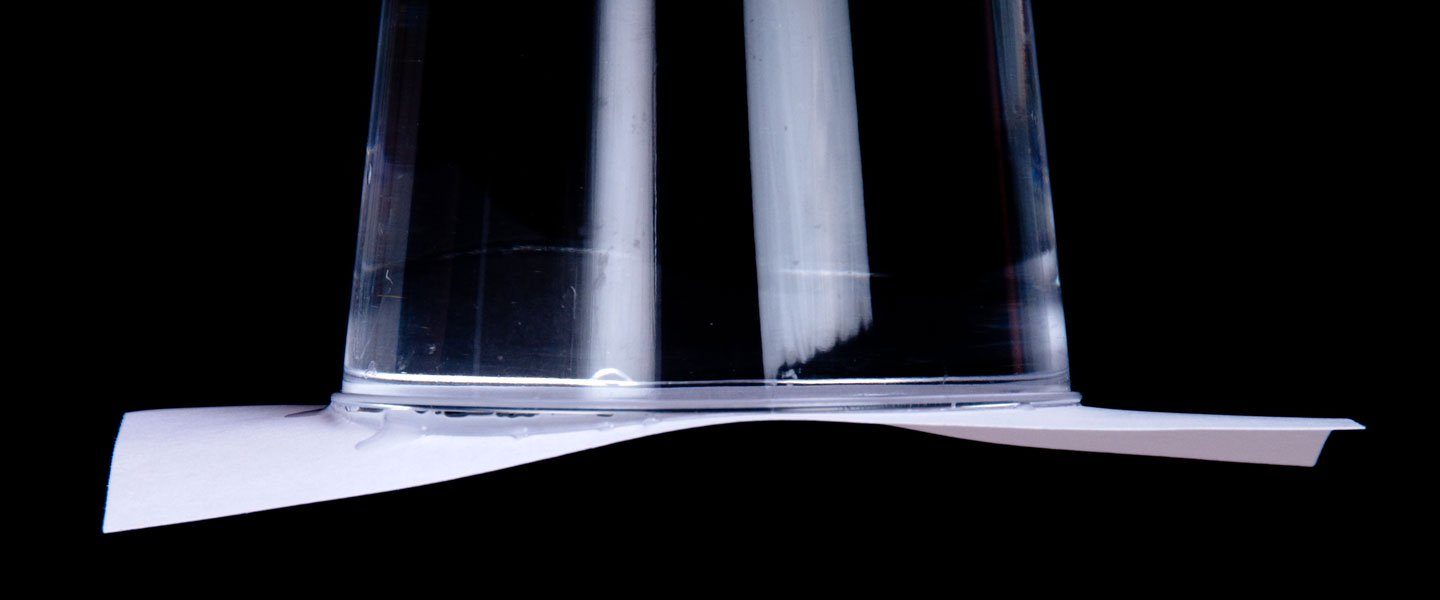
Is it really possible to fill a glass with water and turn it upside down without spilling? this clever science trick is a popular after-dinner science stunt, but make sure there’s a bowl close by to catch your mistakes.
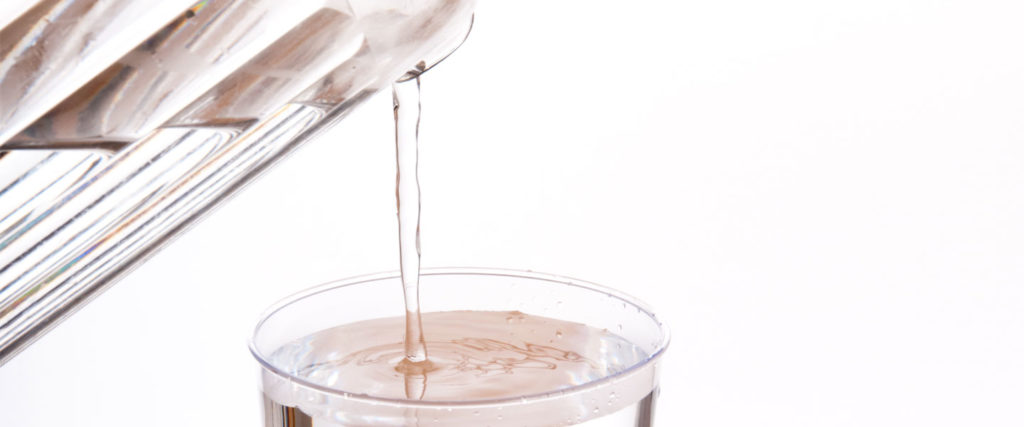
Before you get started, make sure the index card or playing card is large enough to completely cover the mouth of the glass. Fill the glass or plastic cup to the top with water.
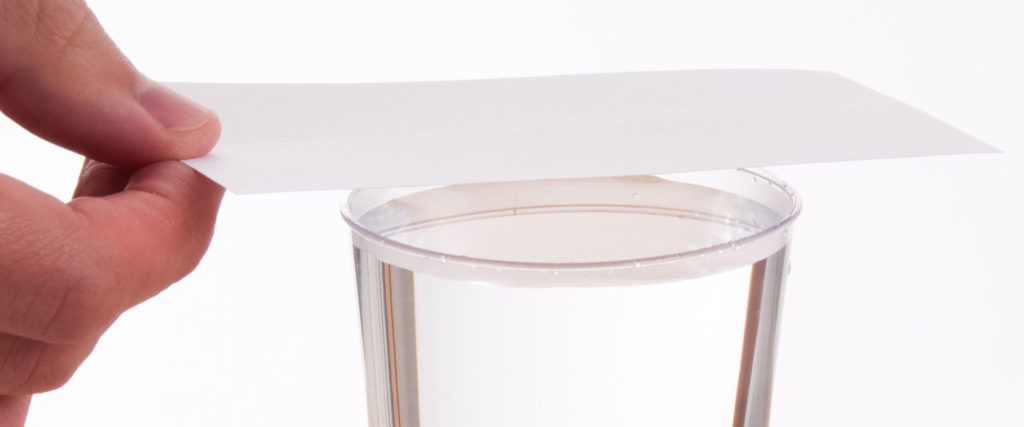
Cover the cup with an old playing card, making sure that the card completely covers the mouth of the container.
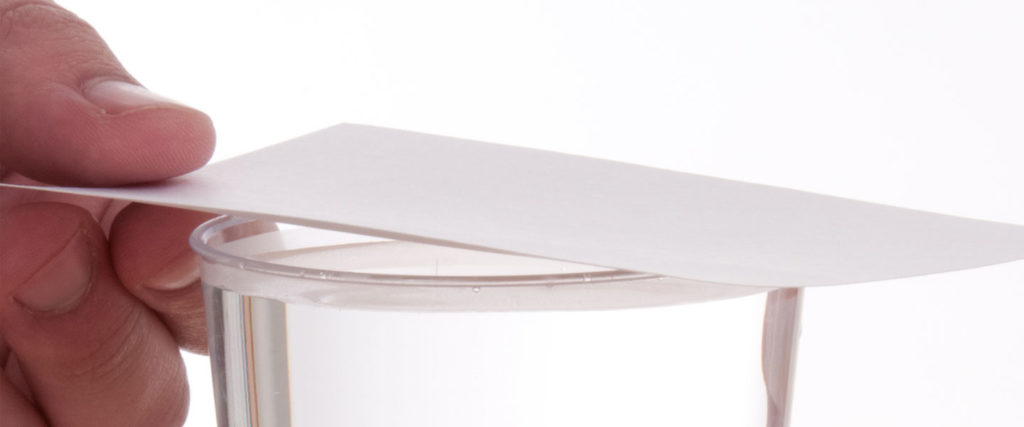
Keep your hand on the card and turn the cup upside down. Hold the cup over the bowl just in case you accidentally spill.
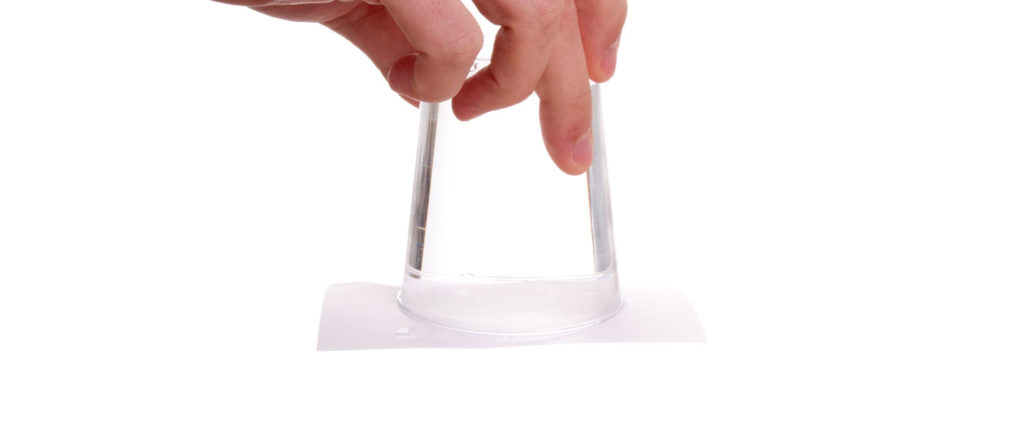
The final step takes guts. Slowly take your hand away and the card will stay in place . . . and so should the water (keep your fingers crossed).
Don’t press your luck too far. Put your hand back on the card and return the cup to its upright position.
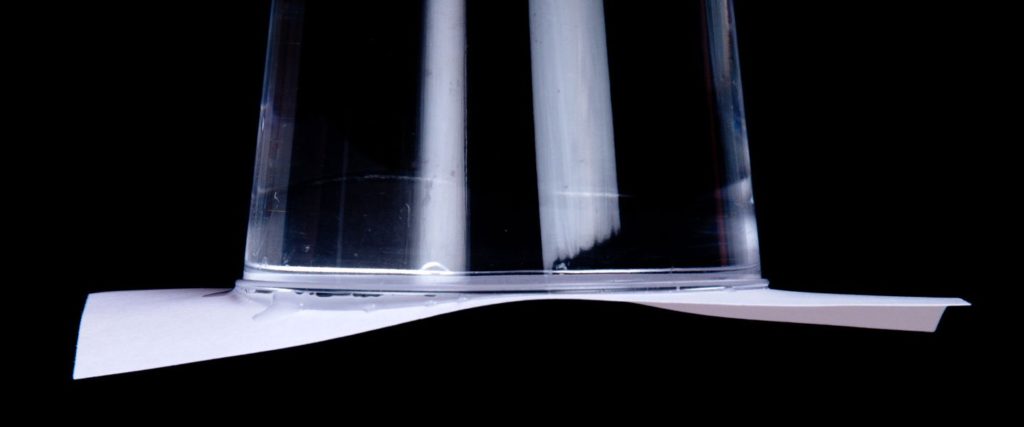
The temptation is just too great, and you know you’re going to do it again. Just make sure the card doesn’t become completely soaked and accidentally fall apart. This could be a huge surprise for everyone!
The secret is right in front of your nose—it’s the air that we breathe. Air molecules in the atmosphere exert pressure on everything. Scientists know that at sea level air molecules in the atmosphere exert almost 15 pounds of pressure (okay, 14.7 pounds if you want to be exact) per square inch of surface area. Your body is used to feeling this kind of air pressure, so you don’t notice it.
When you first turn the cup upside down, the pressure of the air inside the cup and the air pressure outside the cup are equal. If you look closely, however, you’ll notice that just a little water leaks out between the card and the cup. This happens because the force of gravity naturally pulls down on the water. When some of the water escapes, this causes the volume of air (the space above the water inside the cup) to increase slightly. Even though the amount of air above the water stays the same, the volume occupied by the air is now greater and the air pressure inside the cup decreases. The pressure of the air outside the cup is now greater than the pressure inside the cup and the card stays in place. All of this is possible because the water creates an airtight seal between the rim of the cup and the card.
When the seal is broken (even a tiny bit), air enters into the cup, equalizes the pressure, and gravity pushes the water out. Poking a thumbtack-size hole in the cup allows air to seep into the cup from the outside. The pressure of the air molecules both inside and outside the cup stays the same, gravity takes over, the card falls, and the water spills. Watch out for the carpet!
Repeat the experiment but this time change the amount of water in the cup. Does it make any difference? What about if you switch the container? Will a wider cup hold the card better than a narrower cup? Does the temperature of the water have any effect on the water staying inside the cup?
Try the experiment using a paper cup or plastic cup but this time, using a thumbtack, poke a small hole in the bottom of the cup. What do you predict will happen if air is allowed to sneak into the cup?